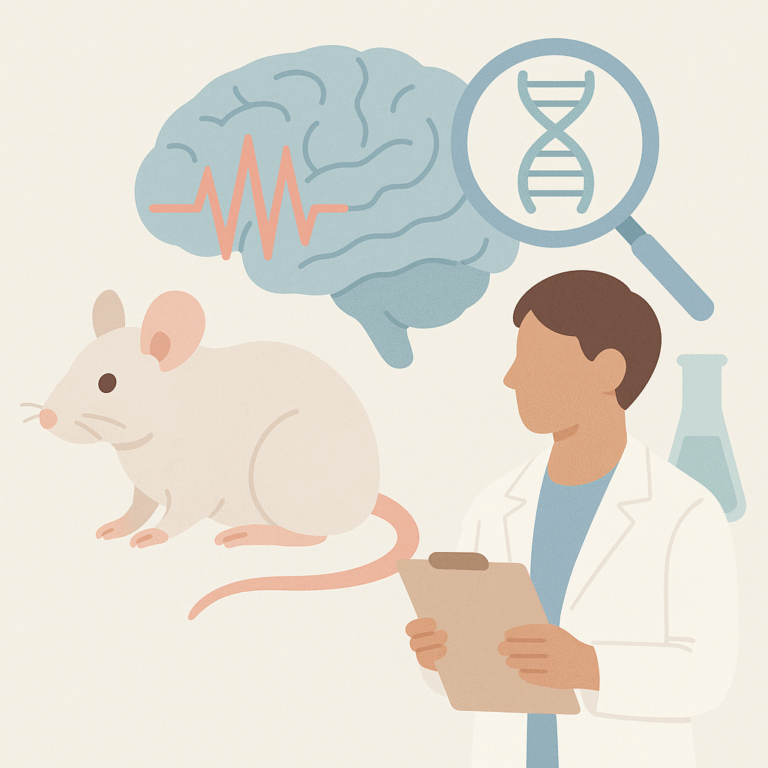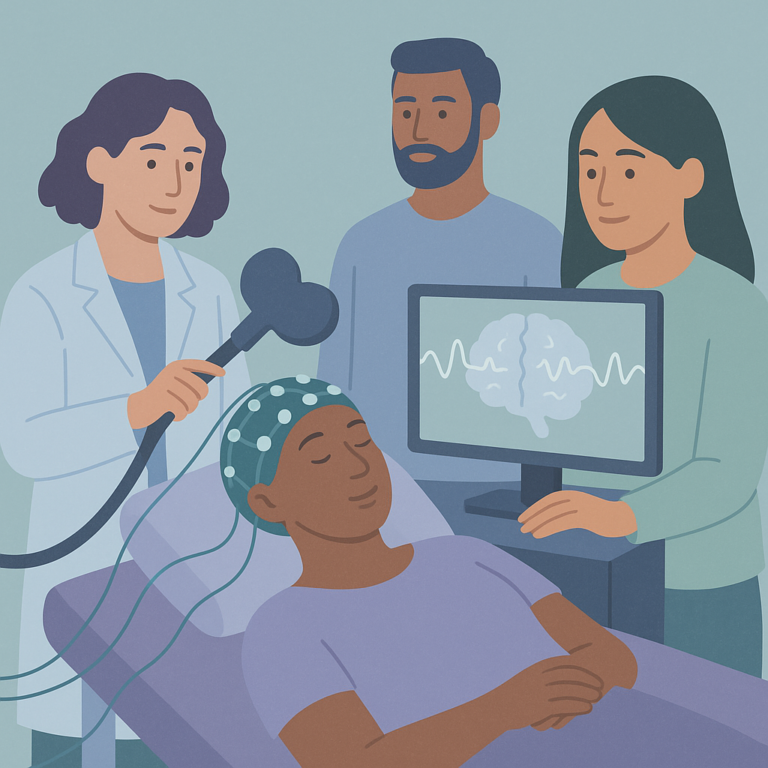New Insights on Treating Infantile and Epileptic Spasms
⚠️ Infant dosing/safety: medication and diet decisions for infants require individualized medical guidance.
Source: Epilepsia open
Summary
Researchers studied a condition called infantile and epileptic spasms syndrome (IESS), which affects infants and can lead to serious developmental issues. They used a specific model involving young male rats to test the effectiveness and safety of several treatments, including some already used in clinics and some new experimental drugs. The goal was to find better ways to manage the spasms that come with this condition.
The study found that one of the tested drugs, 6α-methylprednisolone, was more effective at reducing the frequency of spasms compared to another drug called topiramate. Two other experimental drugs, fingolimod and sivelestat, showed promise in reducing spasms shortly after administration, but none of the treatments were able to completely stop the spasms or significantly lower their frequency over time. The insulin-like growth factor tripeptide IGF-1(1-3) did not show strong results either.
This research is important because it helps identify potential new treatments for a challenging condition that affects infants' development. However, the study has limitations, such as being conducted in rats rather than humans, which means results may not directly translate to human patients. Additionally, none of the treatments achieved a significant reduction in spasm frequency, indicating that more research is needed to find effective therapies for IESS.
Free: Seizure First Aid Quick Guide (PDF)
Plus one plain-language weekly digest of new epilepsy research.
Unsubscribe anytime. No medical advice.





